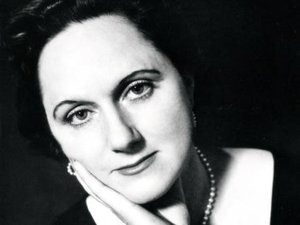
Elizabeth Taylor was an English novelist and short-story writer. Kingsley Amis described her as "one of the best English novelists born in this century". Antonia Fraser called her "one of the most underrated writers of the 20th century", while Hilary Mantel said she was "deft, accomplished and somewhat underrated".

The Prime of Miss Jean Brodie is a novel by Muriel Spark, the best known of her works. It was first published in The New Yorker magazine and was published as a book by Macmillan in 1961. The character of Miss Jean Brodie brought Spark international fame and brought her into the first rank of contemporary Scottish literature. In 2005, the novel was chosen by Time magazine as one of the 100 best English-language novels from 1923 to present. In 1998, the Modern Library ranked The Prime of Miss Jean Brodie No. 76 on its list of the 100 best English-language novels of the 20th century.

The Brontës were a nineteenth-century literary family, born in the village of Thornton and later associated with the village of Haworth in the West Riding of Yorkshire, England. The sisters, Charlotte (1816–1855), Emily (1818–1848) and Anne (1820–1849), are well-known poets and novelists. Like many contemporary female writers, they published their poems and novels under male pseudonyms: Currer, Ellis, and Acton Bell. Their stories attracted attention for their passion and originality immediately following their publication. Charlotte's Jane Eyre was the first to know success, while Emily's Wuthering Heights, Anne's The Tenant of Wildfell Hall and other works were accepted as masterpieces of literature after their deaths.
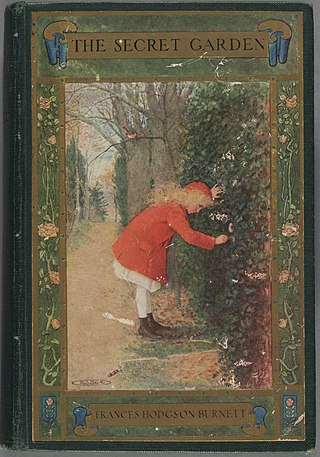
The Secret Garden is a children’s novel by Frances Hodgson Burnett first published in book form in 1911, after serialisation in The American Magazine. Set in England, it is seen as a classic of English children's literature. The American edition was published by the Frederick A. Stokes Company with illustrations by Maria Louise Kirk and the British edition by Heinemann with illustrations by Charles Heath Robinson.

Dame Ivy Compton-Burnett, was an English novelist, published in the original editions as I. Compton-Burnett. She was awarded the 1955 James Tait Black Memorial Prize for her novel Mother and Son. Her works consist mainly of dialogue and focus on family life among the late Victorian or Edwardian upper middle class.
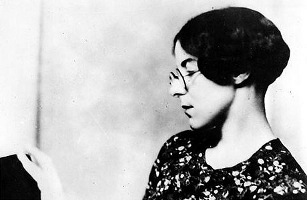
Sylvia Nora Townsend Warner was an English novelist, poet and musicologist, known for works such as Lolly Willowes, The Corner That Held Them, and Kingdoms of Elfin. Her paternal grandfather, The Reverend George Townsend Warner was headmaster of Newton Abbot Proprietary College in Devon where he had taught Arthur Quiller Couch, Bertram Fletcher Robinson and Percy Fawcett.

Arthur Annesley Ronald Firbank was an innovative English novelist. His eight short novels, partly inspired by the London aesthetes of the 1890s, especially Oscar Wilde, consist largely of dialogue, with references to religion, social-climbing, and sexuality.

In the English language, an honorific is a form of address conveying esteem, courtesy or respect. These can be titles prefixing a person's name, e.g.: Mr, Mrs, Miss, Ms, Mx, Sir, Dame, Dr, Cllr, Lady, or Lord, or other titles or positions that can appear as a form of address without the person's name, as in Mr President, General, Captain, Father, Doctor, or Earl.

A Little Princess is a children's novel by Frances Hodgson Burnett, first published as a book in 1905. It is an expanded version of the short story "Sara Crewe: or, What Happened at Miss Minchin's", which was serialized in St. Nicholas Magazine from December 1887, and published in book form in 1888. According to Burnett, after she composed the 1902 play A Little Un-fairy Princess based on that story, her publisher asked that she expand the story as a novel with "the things and people that had been left out before". The novel was published by Charles Scribner's Sons with illustrations by Ethel Franklin Betts and the full title A Little Princess: Being the Whole Story of Sara Crewe Now Being Told for the First Time.

Adam Bede was the first novel by English author George Eliot, first published in 1859. It was published pseudonymously, even though Evans was a well-published and highly respected scholar of her time. The novel has remained in print ever since and is regularly used in university studies of 19th-century English literature. Eliot described the novel as "a country story full of the breath of cows and scent of hay".
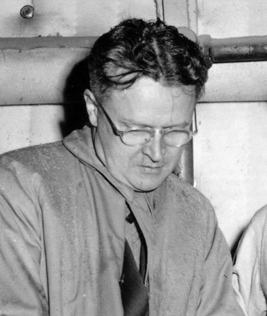
Charles William Brackett was an American screenwriter and film producer. He collaborated with Billy Wilder on sixteen films.

Claudine at School is a 1900 novel by the French writer Colette. The narrative recounts the final year of secondary school of 15-year-old Claudine, her brazen confrontations with her headmistress, Mlle Sergent, and her fellow students. It was Colette's first published novel, originally attributed to her first husband, the writer Willy. The work is assumed to be highly autobiographical and includes lyrical descriptions of the Burgundian countryside, where Colette grew up.
Susan Hilary Spurling CBE FRSL is a British writer, known for her work as a journalist and biographer.

Manservant and Maidservant is a 1947 novel by Ivy Compton-Burnett. It was published in the United States with the title Bullivant and the Lambs.
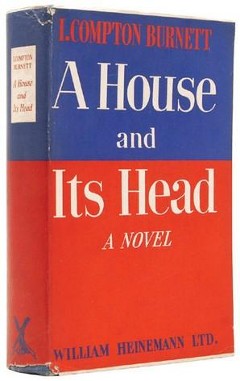
A House and Its Head is a 1935 novel by Ivy Compton-Burnett, republished in 2001 by New York Review Books with an afterword by Francine Prose and in 2021 by Pushkin Press with an introduction by Hilary Mantel. The novel, which focuses on an upper-middle class Victorian household in the 1880s, explores themes such as family secrets and the subordination of women by men. When asked in 1962 which of her novels were her favourites, Compton-Burnett referred to Manservant and Maidservant and "the first two-thirds" of A House and Its Head.

Celestina is an eighteenth-century English novel and poet Charlotte Smith’s third novel. Published in 1791 by Thomas Cadell, the novel tells the story of an adopted orphan who discovers the secret of her parentage and marries the man she loves. It is a courtship novel that follows the typical Cinderella plot while still commenting on contemporary political issues.
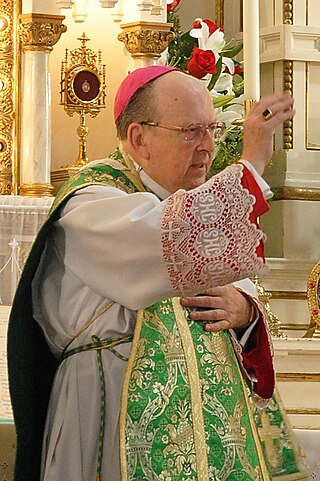
Francis Ronald Reiss is an American prelate of the Roman Catholic Church. He served as an auxiliary bishop of the Archdiocese of Detroit in Michigan from 2003 to 2015.
Rosaline Masson (1867–1949) was a Scottish author and a prolific writer of novels, biographies, histories and other works.
Margaret Cross was a British educator and school principal, a pioneer of Co-education and of Steiner Waldorf education in Britain as well as of Biodynamic agriculture. Together with Hannah Clark she founded the Kings Langley Priory School, later the Rudolf Steiner School Kings Langley, which was closed in March 2019.
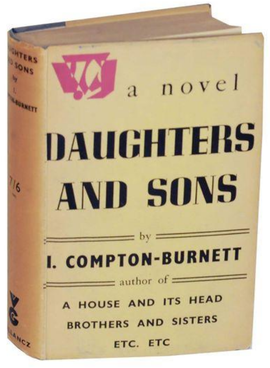
Daughters and Sons is a 1937 novel by the English novelist Ivy Compton-Burnett. Written in the author's characteristic dialogue-heavy style, the novel explores the power struggles within a large family household, presided over by its tyrannical matriarch, Sabine Ponsonby, and her imperious daughter Hetta.
















